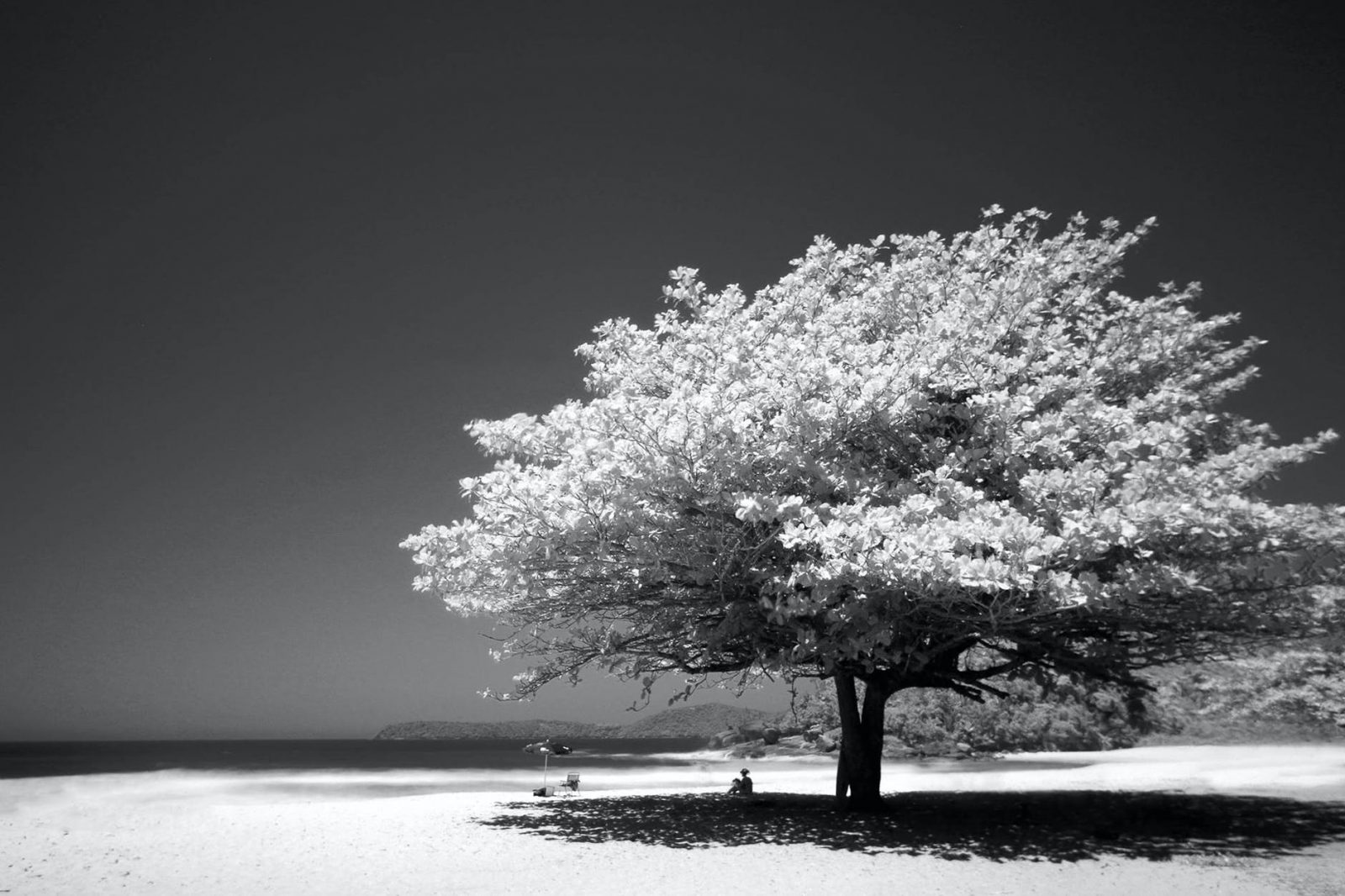
John Wills Njoroge is a psychotherapist and social diagnostician who…
The most compelling arguments in our society about suicide are rooted in a criminalized perspective that has been functional for a very long time. According to Kenyan law, attempted suicide is a crime, and this could be the enhancing tradition making people not to speak of how they feel when having suicidal ideation. We need to understand that suicidal ideation has a sense of powerlessness and jailing such an individual is simply denying them a chance to encounter intervention. It is important to connect with such individuals to acknowledge their powerlessness as the beginning of their recovery. This must be done professionally not to undermine the human need of being respected, accepted, and loved.
If you encounter someone with suicidal ideation, try to prioritize understanding that mental illness is not an entity by itself. It is an expression of a person’s life in a particular context to which many aspects contribute. We need to understand that mental illness is a normal response by an individual to a dysfunctional relationship, society, family or even work place. There is constantly increasing social disintegration and we should ask ourselves, “What is it we have in our society that destroys human connection?”. In the recent past in the media, we have seen reports of young Kenyans who have died by suicide. Does this imply that our current situation is that of a culture that cannot maintain our human connection? Absolutely! Human connection creates a sense of belonging and a supporting system for individuals, families, clans and the nation at large.
Looking at our current situation, suicide notes left behind by those who die by suicide are pointing to relational stress and economic pressures. The statistics by the World Health Organization confirm this by revealing that 77% of global suicides occur in low- and middle-income countries. An estimated 703 000 people die by suicide worldwide each year. Therefore, viewing this matter beneath the surface will help us judge correctly. Our reality is that of children who are separated from their parents because of economic pressures, parents who are separated from their families because of relational stress, families that are disintegrated because of social tensions and a nation that has been traumatized relationally over the years. One will ask, “Where do we start?”.
A few months ago, I met an artist who explained to me that the journey of fine art is a progressive one. It is a journey that starts with inspiration, that priceless spur of seeing things that are not as though they are. The existence that has not yet been expressed and a language that penetrates generations. This is the inspiration to break the barriers of what needs to be known and heard, expressing the beauty of humanity. We need to understand that inspiration can be found anywhere by those who choose to advance interventions whether in nature, people or life events. The current mental health status in our society should inspire us to create a new life of “Love wins”. A new life that helps us not to react to those who are suffering by living lives of suppressing trauma in our midst.
Most artists will take time to prepare, sketch or even talk to someone in a process of maturing their idea that is developing; this is percolation. This is like purifying the inspiration and as we all know, purification of anything requires a lot of work. This overlaps with preparation and therefore, we need to take time and understand the real issues around mental health by first getting rid of our traditional approaches to the current dynamics facing us as a society. We have more traumatized individuals in the work place, schools, and homes facing stressful daily patterns. These are individuals in a society that has adopted traits acquired in childhood trauma that we celebrate at the expense of mental wellness.
Most of these traumatized individuals are dysfunctional and have a fear deeply rooted in their childhood and upbringing. In the face of perceived or real threats, they feel defenseless and fearful about anyone who represents their childhood trauma. Remember, these are adults whose childhood experiences were authored by frustrated parents and community. In such social settings, there are minimal affirmation interactions that enable more balanced information processing for a child.
My artist friend highlighted that getting to the creation of your inspiration is a priceless divine experience. We need to create healthy ways that address individual and collective trauma. We need to judge our approaches with an understanding that, everyone young and old has a biological need for emotional connection and contact. Failure to do so will cause us to miss the most important approach of understanding that people with suicidal ideation desire what everyone wants: something to satisfy the hunger to belong and be loved. This will help intervene and address individual, family and social trauma that is intergenerational. When we individually and collectively break the cycle of violence in families and work places, we will have parents raising children who will become reflective adults. Such will be more likely to take the first step in a family, organization and society towards creating approaches that dignify others. Just like an artist’s authentic relationship with his or her canvas, genuine human connection is inseparable from mental health.
Subscribe now for updates from Msingi Afrika Magazine!
Receive notifications about new issues, products and offers.
What's Your Reaction?
 PIN IT
PIN ITJohn Wills Njoroge is a psychotherapist and social diagnostician who assists individuals and teams clarify their purpose in life and create a philosophy of their existence and work. He is co-founder of Lead Global Impact, an organization that builds the leadership capacity of primary and high school children and youth in Kenya. He is the author of ‘Father to Son’, a manual designed for fathers to better understand their sons and relate more effectively with them, and ‘Brave Hearts Leadership Program’ a manual that has been used widely to train boys as responsible leaders. Among many other leadership roles, he is consulted and contributes to shaping narratives on youth matters and social justice in Kenya’s mainstream media.






















Great insight..great work John keep up